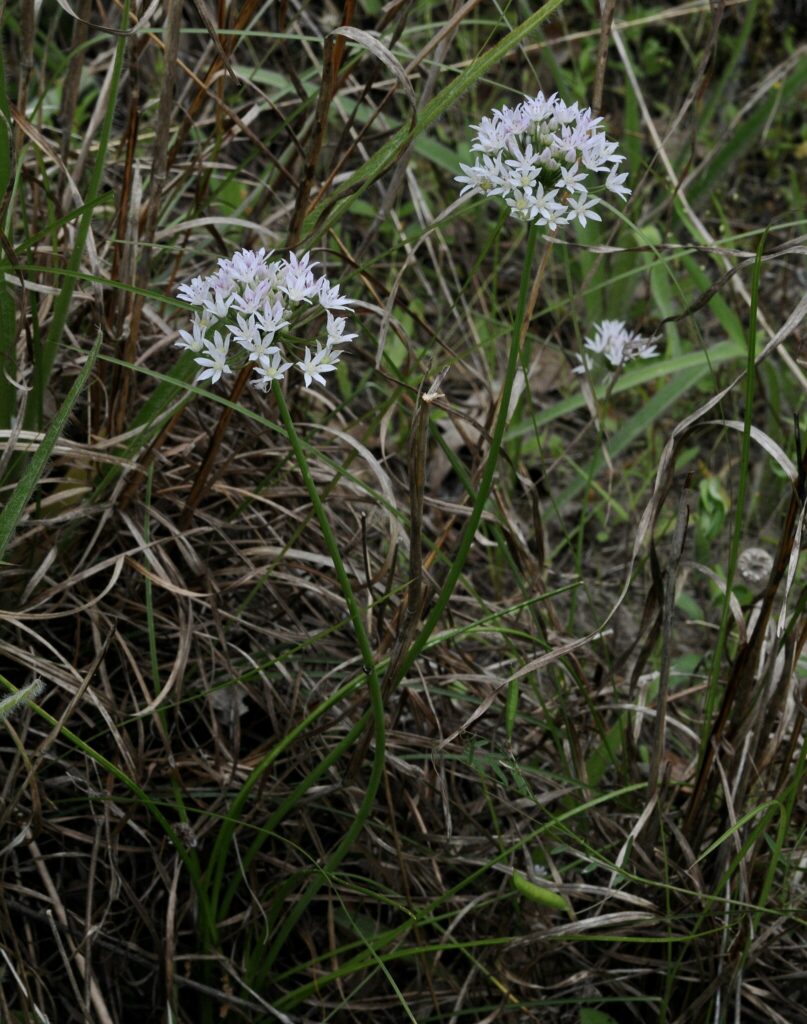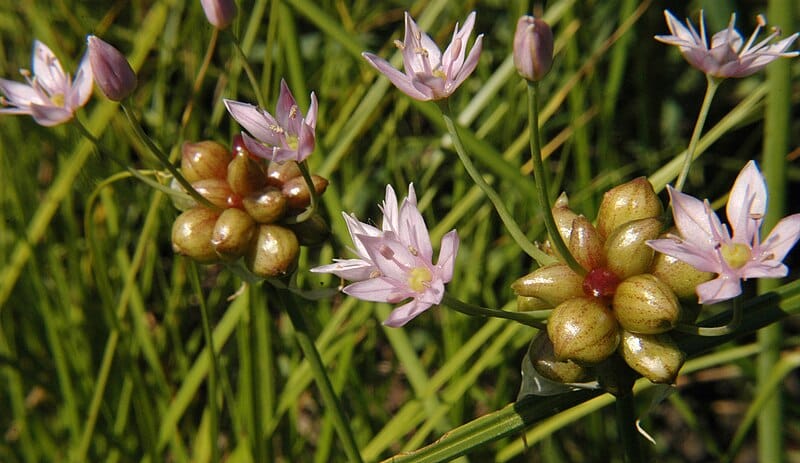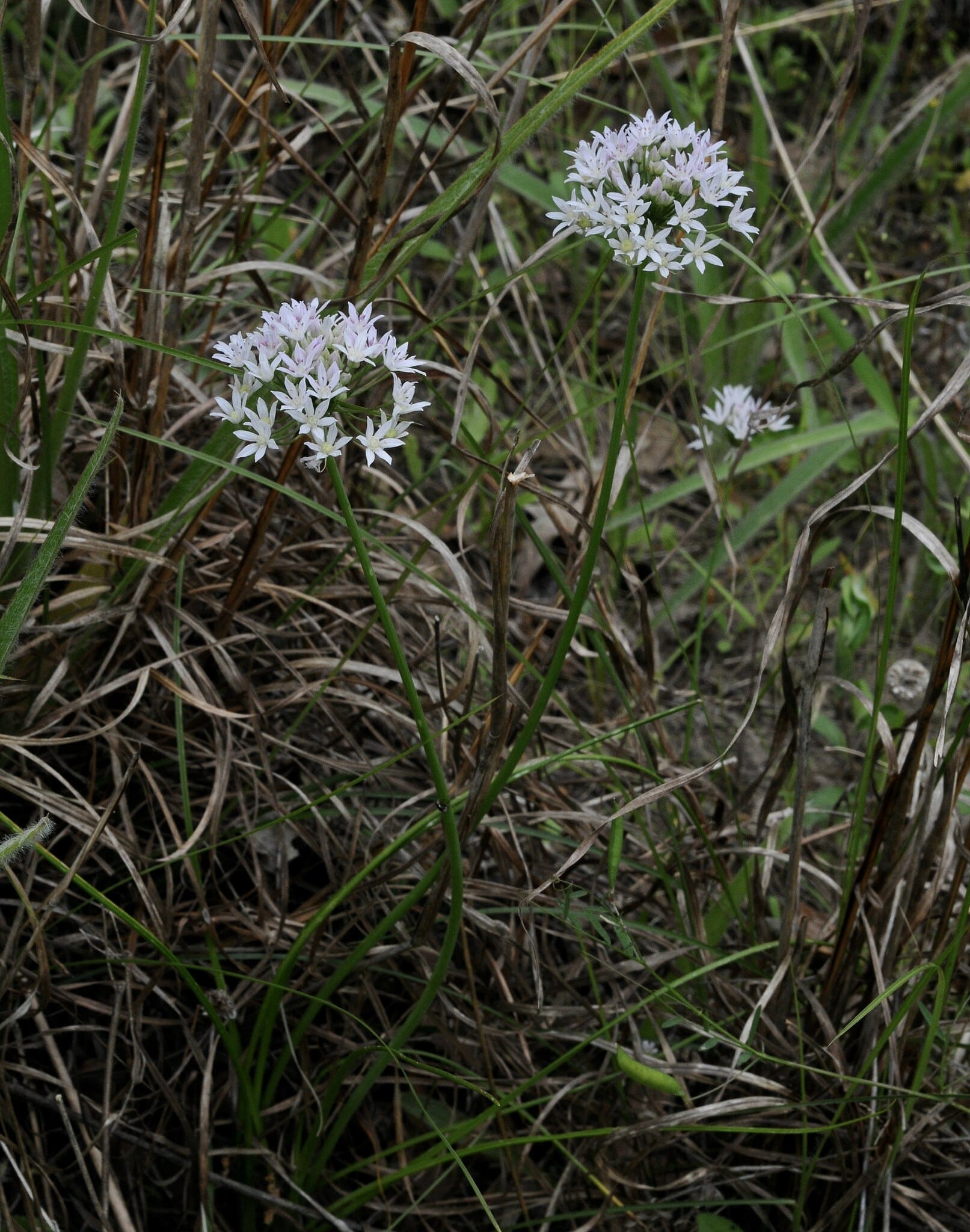Wild Garlic Identification – Allium canadense
Heads up
Wild Garlic, a member of the Amaryllidaceae family, is quite a versatile plant. Beyond its scientific name, it’s often referred to as Meadow Garlic or Canada Garlic. These names hint at the unmistakable aroma it releases, reminiscent of its cousin used in our kitchens.
Wild Garlic: Key Parts in Photos



Where to find it
This adaptable plant isn’t too choosy about its habitat. From sunny meadows to partially shaded woodlands, from rich soils of gardens to the edges of fields, Wild Garlic finds a way to thrive. So, the next time you’re out on a nature walk, hiking trail, or even in your garden, take a moment to look around. You might just spot this plant.
How to identify Wild Garlic
The flowering stalks of the Wild Garlic rise from the ground, almost challenging the height of the leaves. These stalks are round in cross-section, standing stiff and erect. Depending on the growth stage and environmental factors, the stems can don hues of green, red, or purple.
The leaves, green and anywhere from 6-12 inches long, are often misidentified as grass, especially during their early growth phase. The margins of the leaves are smooth, and the leaf’s texture? Smooth to the touch, with an occasional fragrance that gives away its garlic identity.
One of the most distinguishable features of Wild Garlic is its flowers. During the spring and summer months, the plant comes alive with a burst of colors – pink, white, and sometimes shades in between. The flowers, usually less than an inch in size, are star-shaped. They grow in dome-like clusters, almost like a bouquet presented on a single stalk. After the blooming season, the plant produces tiny fruit capsules. These capsules, usually smaller than an inch, take on a browncolor. If you were to open one, you’d find it packed with several tiny dark seeds.

